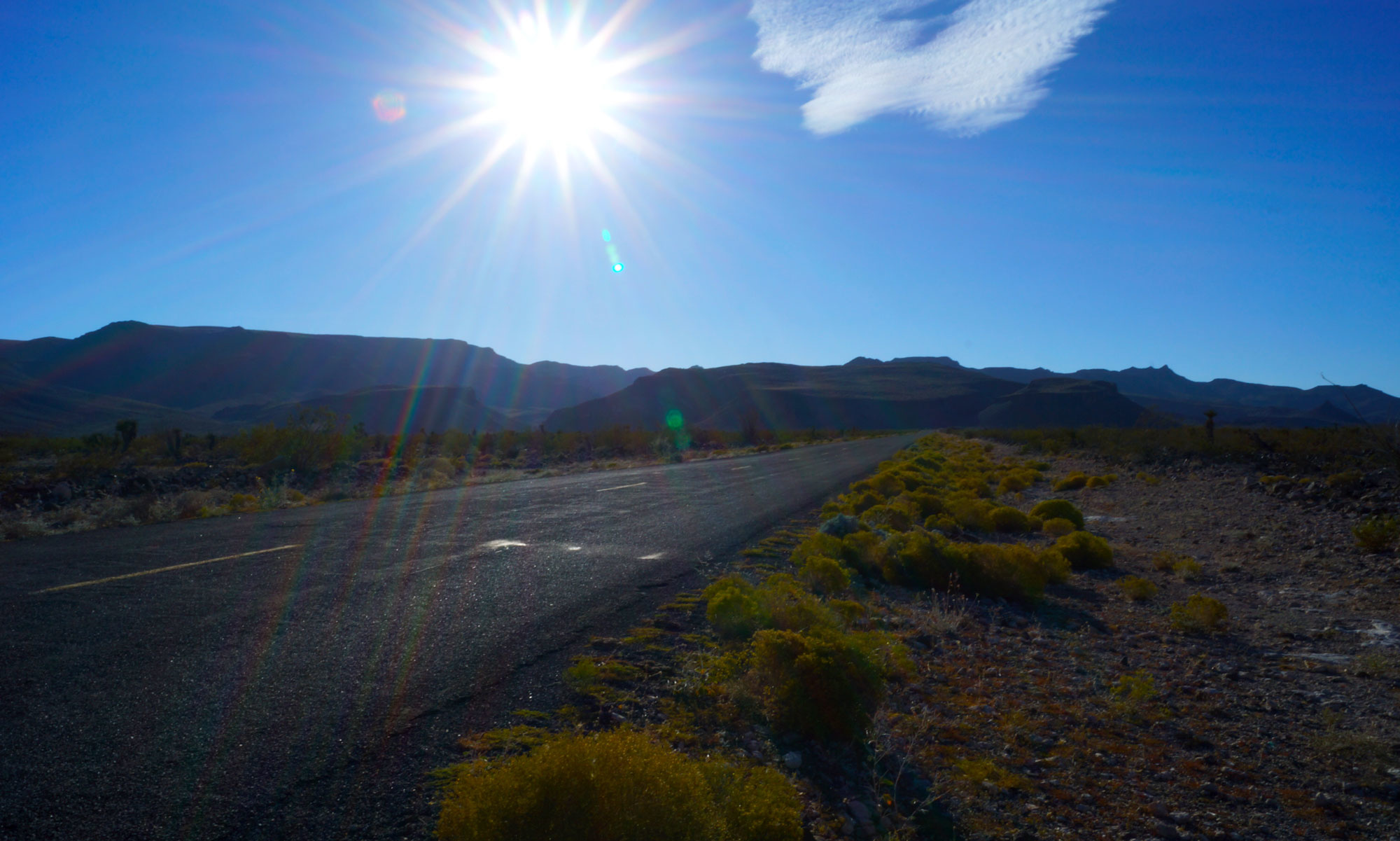
The rise of social media led to a concurrent rise in concerns about personal privacy. As social media companies sought to monetize their platforms, they took the personal information and activity of their users and “productized” it into advertising algorithms worth billions. As alarming as this modern phenomena was, the commercial process of turning the personal into the commercial is quite old.
As Erika Marie Bsumek documented in Indian-Made: Navajo Culture in the Marketplace, 1868–1940, while the reality of American policy towards Native Americans in the late nineteenth and early twentieth centuries was one of destruction, the American public, particularly in the east, were often disconnected from this harsh reality. In northwestern Arizona, the Hualapai had been forcibly relocated after the Hualapai Wars in the late 1870s to make way for railroad construction and white settlers. This cleared the way for development of Kingman, Arizona’s mining resources and capturing the water supplies at Peach Springs, Arizona. Rather than developing an understanding of the reality of American policy towards Native-Americans like the Hualapai, eastern middle and upper class Americans became fascinated with artifacts of supposedly “authentic” Native American culture. This “authentic” indigenous culture, however, often took the form of synthesized cultural productions and objects that were often highly inaccurate but catered to the majority culture’s nostalgic conception of what Native American culture was like. [1]
As the “Colorful Indians”postcard indicates, this process did not stop after 1940. Many Navajo, including the well-known Code Talkers, served with distinction in WW2. After the war, economic necessity prompted many to take part in the same commercialized displays of Native American culture that late-nineteenth century middle and upper class Americans had demanded. No longer facilitated by eastern promoters or railroads, in the postwar period this commercialization of person and culture took on a decidedly local flavor with some help from national postcard companies.

The ” Colorful Indians” postcard was printed by a national publisher and sold to motels and gift shops throughout Route 66. The postcard depicts the Navajo participants in dress that is not part of their culture. Largely an amalgam of Plains Indians and Hollywood “never was” depictions of Native American dress, the image was sold to middle class automobile tourists from the east reinforcing their preconceptions of what Native Americans were like. This was also reflected in the intense, stylized roadside attractions built by local boosters to lure in travelers off of Route 66 and get them to spend their money in town. The Wigwam Motel in Holbrook serves as a stark example with each motel room built in the form of a teepee – a style of housing not utilized by the Navajo.

As alarming as digital invasions of privacy can be, they are at least somewhat avoidable. Participation on Facebook, Twitter, or InstaGram is not required. One can carefully curate what information about themselves they release online. For the marginalized, however, majoritarian cultural appropriation can be difficult if not impossible to resist. For many Native Americans, the majority culture both actively engaged in indigenous cultural destruction and demanded sanitized versions of that same cultural for commercial consumption. While postcards like “Colorful Indians” may no longer be printed, the Wigwam Motel and other examples of problematic cultural appropriation remain actively in use. Often represented as fun harmless nostalgia, these objects and places raise a troubling question. What exactly are we being nostalgic for?
[1] Erika Marie Bsumek, Indian-Made: Navajo Culture in the Marketplace, 1868–1940 (Lawrence: University Press of Kansas, 2008). Shepard, We Are an Indian Nation, 1-55.
